Truchet tiles and generalizations
Truchet tiles
In 1704, Father Sébastien Truchet investigated the patterns obtainable from a single square tile that was bisected along a diagonal into two uniquely colored isosceles right triangles. Truchet enumerated all possible patterns arising from pairs of tiles, reducing the 64 possible combinations to 10 unique equivalence classes after rotations. Truchet gave some examples of intricate patterns made from larger blocks of tiles. Truchet also illustrated several large blocks of regular patterns.
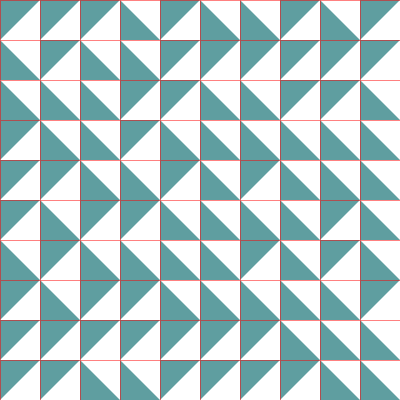
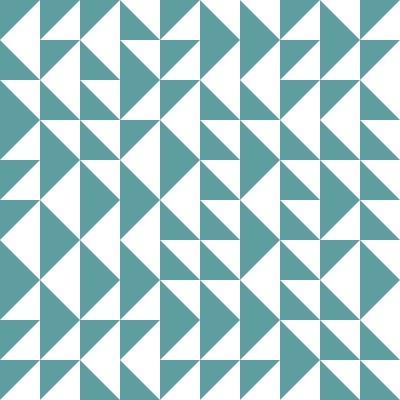
In 1987, Cyril Stanley Smith published an article containing a translation of Truchet’s original paper with some commentary and new ideas including the use of a random tiling rather than a structured pattern. Smith also included a variant of the Truchet tile that replaced the triangular segmentation with two quarter-circle arcs, resulting in a tiling that is comprised of an aesthetically pleasing, meandering set of mostly closed curves. Smith’s paper contained some commentary and new ideas including the use of a random tiling rather than a structured pattern.


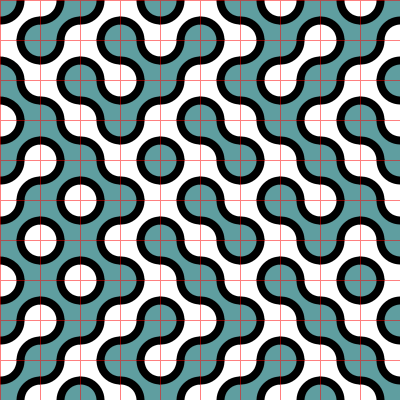

Text from Truchet tiles
My first recollection of Truchet tiles was through a screen saver on a Sun workstation in the 1990s. One thing I noticed as the tiles changed was the different shaped blobs that formed. Occasionally some would look like letters. Many years later I decided to create software that could intentionally place text in a grid of Truchet tiles. I wrote and presented about this at the 2009 Bridges Conference and have explored this concept off and on since then.
Mathematics is the classification and study of all possible patterns. ... In mathematics, if a pattern occurs, we can go on to ask, Why does it occur? What does it signify? And we can find answers to these questions. In fact, for every pattern that appears, a mathematician feels he ought to know why it appears.
MoMath
After my 2009 Bridges talk, George Hart decided to use this idea of text in Truchet tiles in the National Museum of Mathematics (MoMath), which was under construction at the time. These tiles were used as accents in the museum's restrooms.
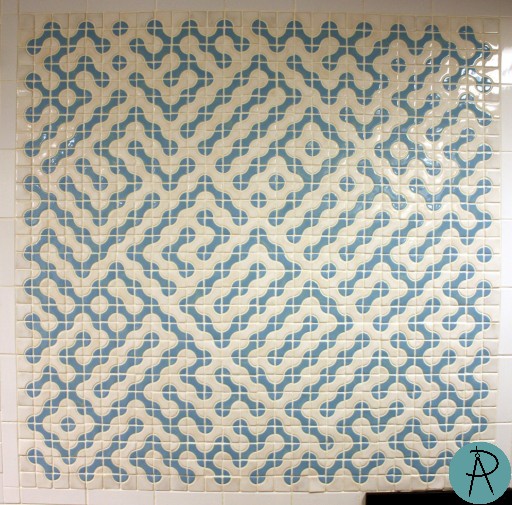
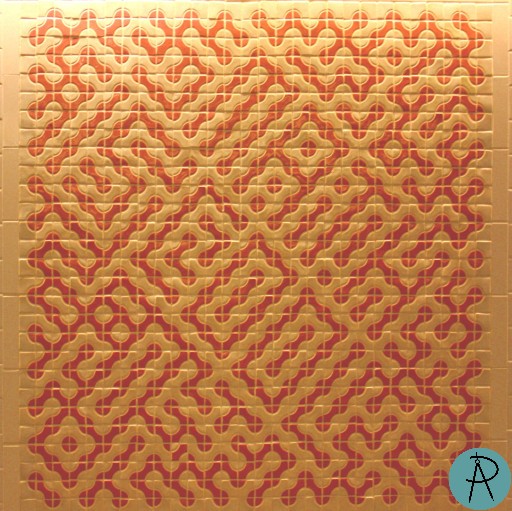
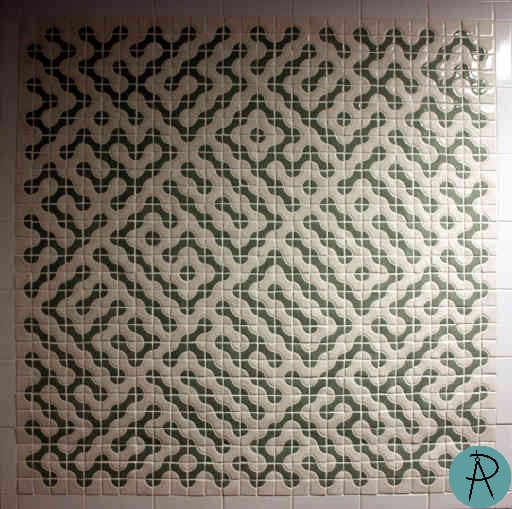
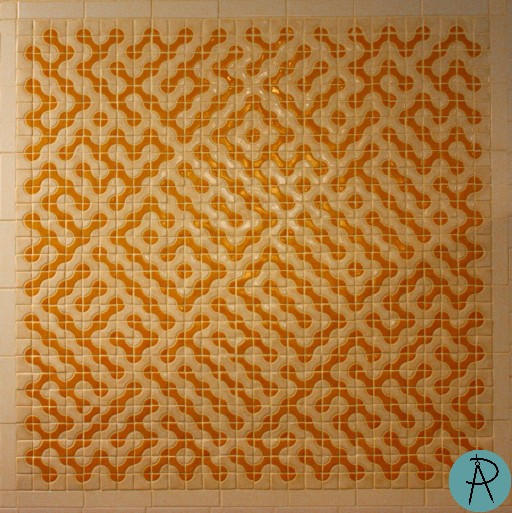
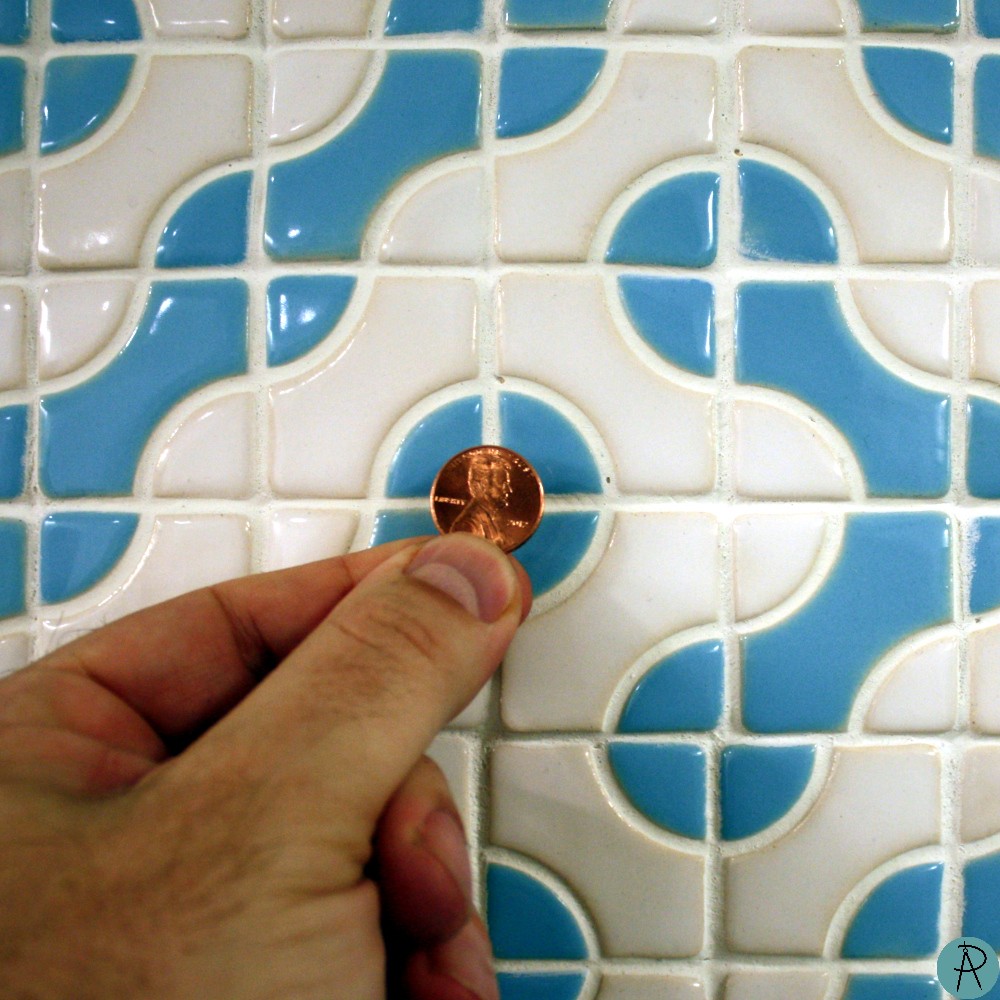
MoMath has used Truchet tiles as a fun way of engaging the public in
mathematical play.
They have used large Truchet blocks for public festivals for many years.
Cindy Lawrence, MoMath's director, talked about MoMath's use
of Truchet tiles at the Gathering for Gardner conference in 2018, watch
the Play Truchet: Using the Truchet Tiling to Engage the Public with Mathematics
video.
She also gave a related talk at the 2018 Bridges conference;
see references for a link to her paper.
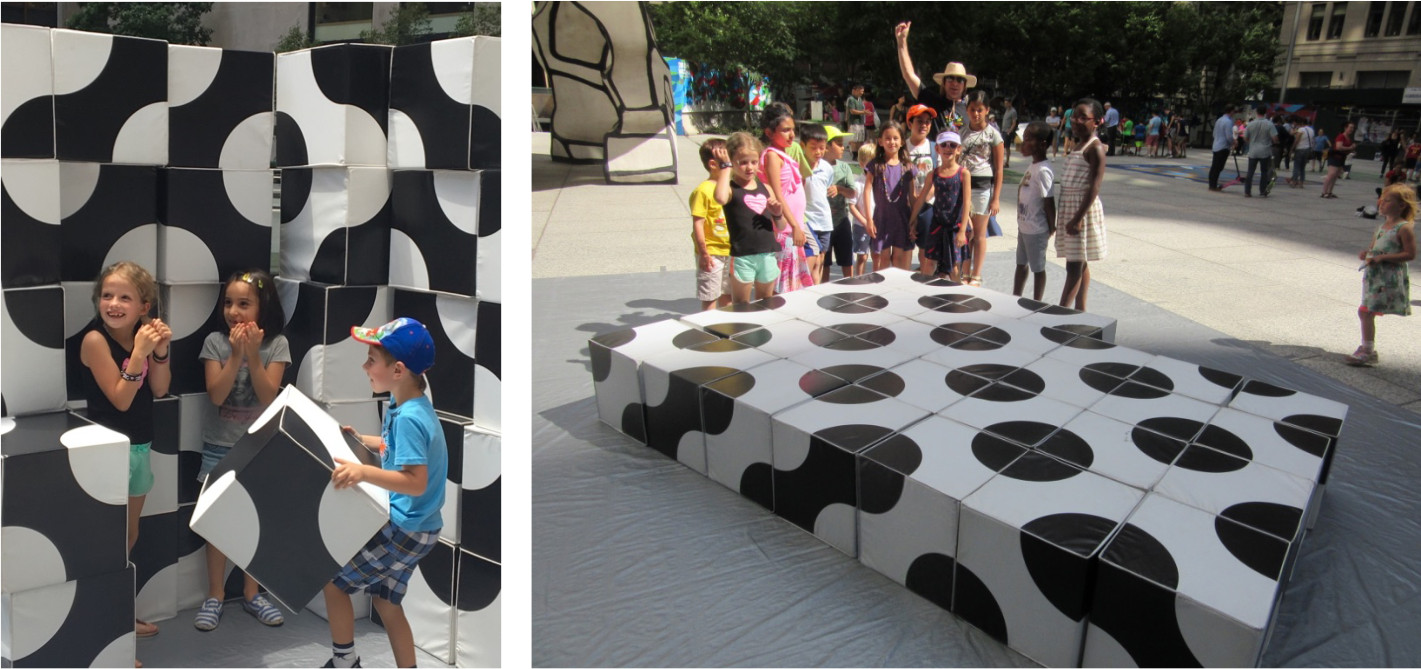
Truchet cubes
In May 2022, I gave a talk Play Truchet: fun with tiling patterns and generalizations
at MoMath as a part of their Math Encounters series.
In that talk I presented a fun way of making small cubes decorated with Truchet patterns.
I designed a page (now updated) that allowed participants to cut out six strips
that could be folded and assembled into a cube (based on a design by Paul Jackson).
I also met of C.S. Smith's gradson, who introduced me at the event, and learned more
about the amazing work of C.S. Smith.

Truchet images
In early 2022, I worked on a way to create images from Truchet tiles by varying the thickness of the arcs based on gray levels of a base image.
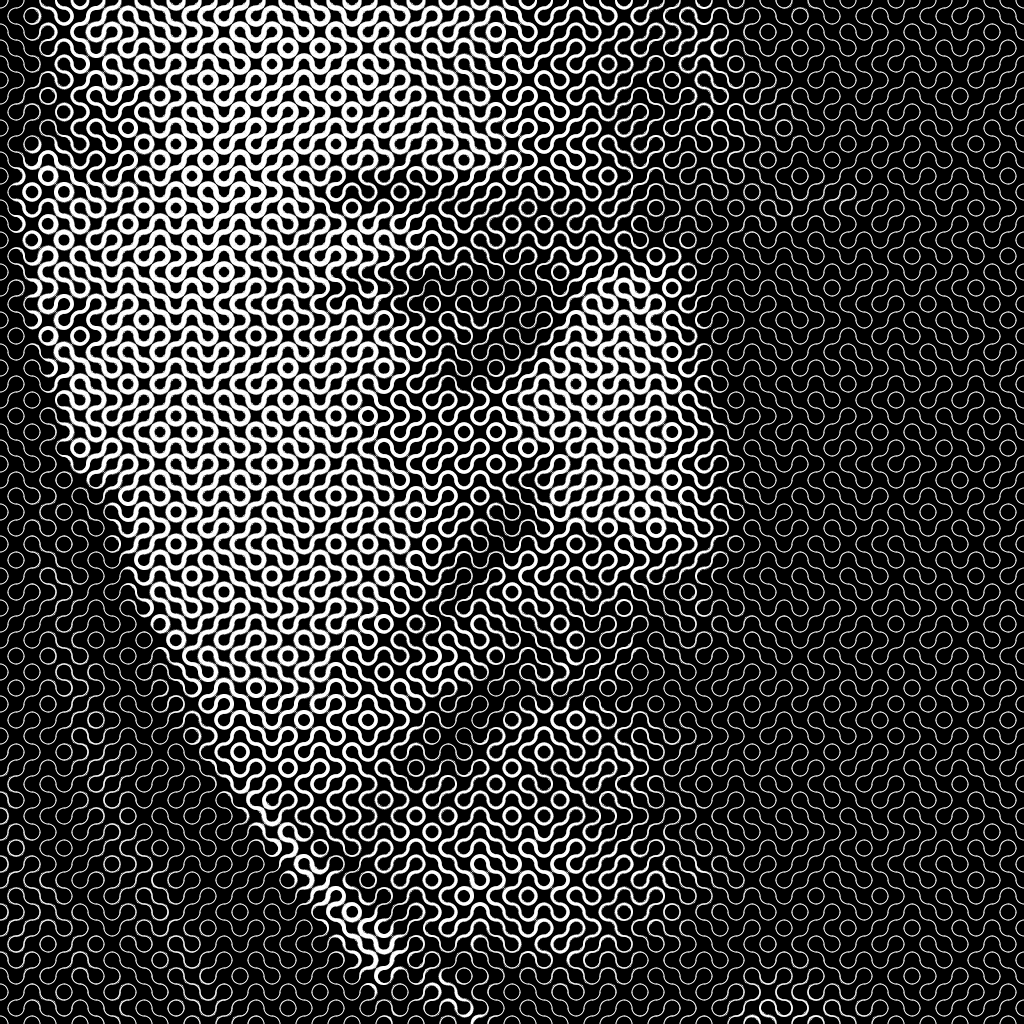
Because there is a roughly 60/40 intensity difference between the tiles, you can actually get sufficient contrast to render an image using standard filled tiles. This project has is roots in some personal communication with Stu Denman. The idea was actually discussed by Bob Bosch in his 2011 Bridges paper, where he shows several examples.

LEGO Truchet tiles
In 2020, I discovered that Truchet tiles could be constructed using lego 2x2 macaroni bricks (BrickLink ID 3063) and tiles (BrickLink ID 27925). This would presumably work with 4x4 sizes as well, but I have not tried. The 2x2 pieces require a 3x3 field.
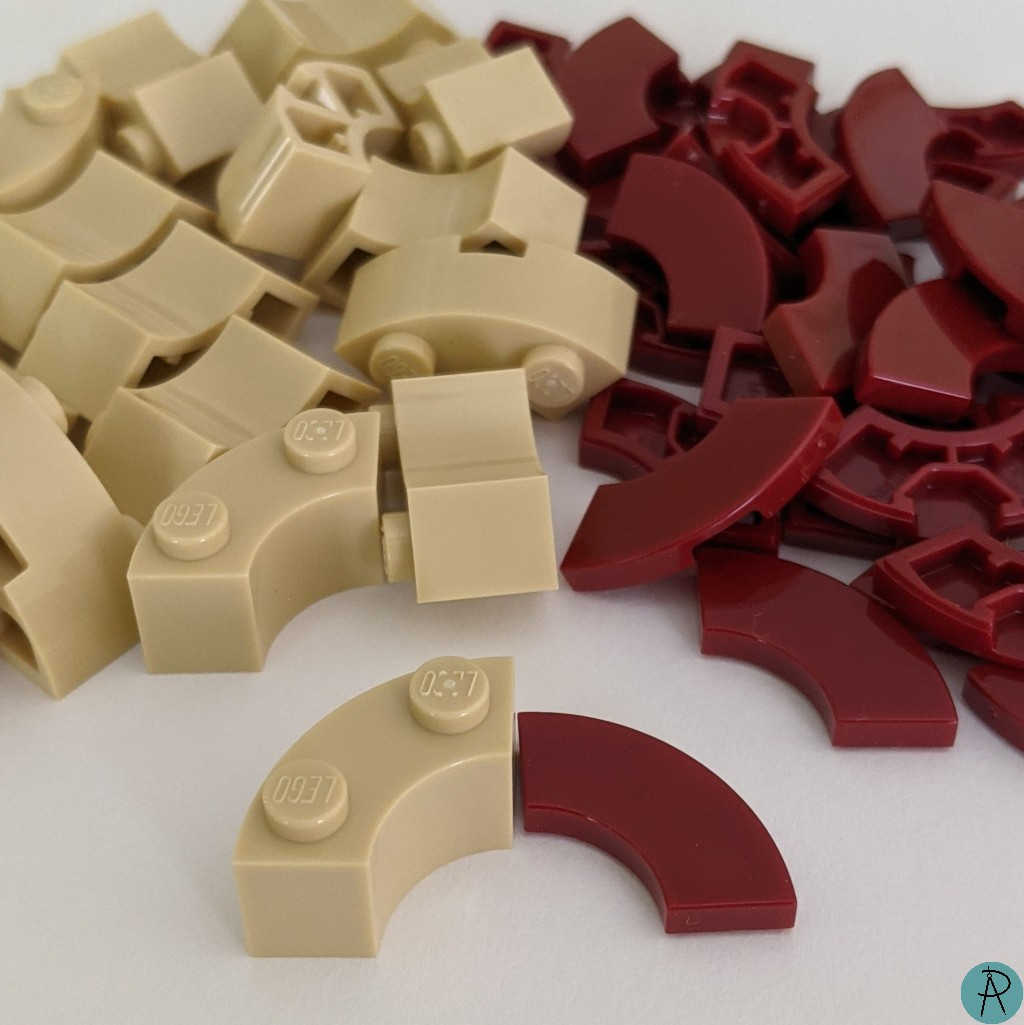


See drMathArt in LEGO for another example of what can be done with the tiles.
Hexagonal Truchet-like tiles
One can also draw arcs across other polygonal shapes, such as hexagons. There are five patterns that can be placed on a hexagon where edge midpoints are connected. The complexities increase if one depicts over and under crossings of the lines.
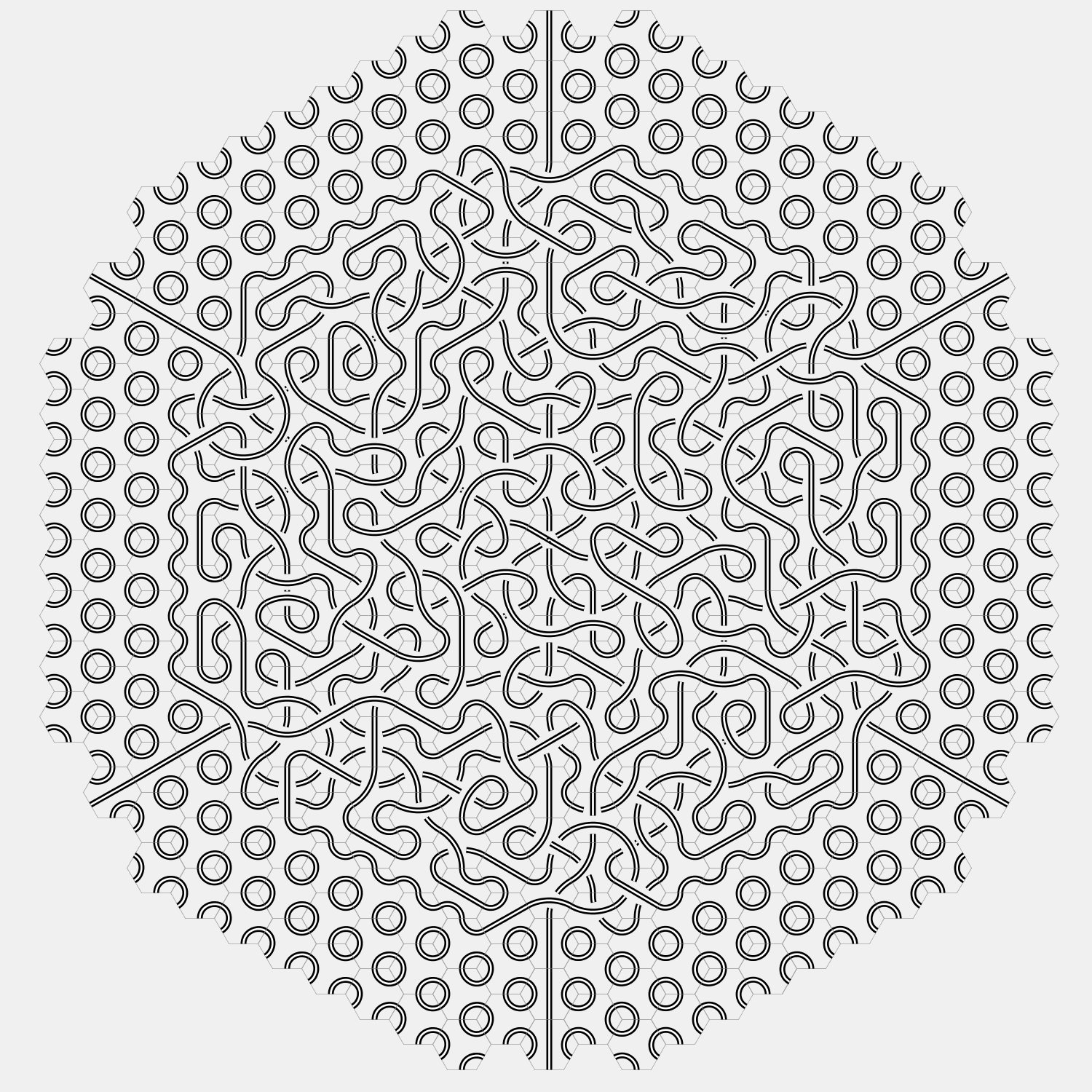
Generalized Truchet tiles
In extending the concept of Truchet tiles, it is instructive to consider the essential features that make Truchet tiles appealing. One reason for the appeal is the arcs of adjacent tiles are not only continuous, but also have a continuous first derivative resulting in a visually smooth transition regardless of tile orientation. In addition, the meandering paths created are roughly equally spaced, providing a relatively uniform filling of the plane. Generalizing the Truchet tile concept to decorate other polygons with an even number of sides is straightforward. An arc between sides could simply be a line segment, a circular arc, or a Bezier curve such that the derivative of the curve is perpendicular to the side of the polygon at each endpoint.

References
- Smith, Cyril Stanley, “The tiling patterns of Sebastian Truchet and the topology of structural hierarchy”, With a translation of Truchet's text by Pauline Boucher. Leonardo, 20 (4): 373–385, doi:10.2307/1578535, 1987.
- Robert Bosch, “Opt Art: Special Cases,”
Bridges Conference Proceedings , 2011. Paper (pdf) - Cindy Lawrence, “Play Truchet: Using the Truchet Tiling to Engage the Public with Mathematics,”
Bridges Conference Proceedings , 2018. Paper (pdf) - “Text from Truchet Tiles,”
Bridges Conference Proceedings , July 2009. Paper (pdf) - “Patterns from Archimedean Tilings Using Generalized Truchet Tiles Decorated with Simple Bézier Curves,”
Bridges Conference Proceedings , July 2010. Paper (pdf) - “Tessellation patterns from a simply decorated triangle,”
HYPERSEEING: Proceedings of ISAMA , pages 127–130, June 2011. Paper in full proceedings (pdf) - “Decorating Regular Tiles with Arcs,”
Bridges Conference Proceedings , July 2011. Paper (pdf) - “Modular construction of knots,”
HYPERSEEING: Proceedings of ISAMA , pages 63–69, June 2012. Paper in full proceedings (pdf) - “Point Symmetry Patterns on a Regular Hexagonal Tessellation,”
Bridges Conference Proceedings , July 2012. Paper (pdf) - “Symmetric interlace patterns on regular octahedra,”
HYPERSEEING: Special Issue on SMI/ISAMA , July 2013. Paper in full proceedings (pdf) - “Point Symmetric Ribbon Patterns using a Hexagonal Motif from M.C. Escher,”
Bridges Conference Proceedings , July 2013. Paper (pdf) - “Symmetric interlace patterns on polyhedra using generalized Truchet tiles,”
Symmetry: Culture and Science , volume 24, pages 185-190, pages 127–130, July 2011.